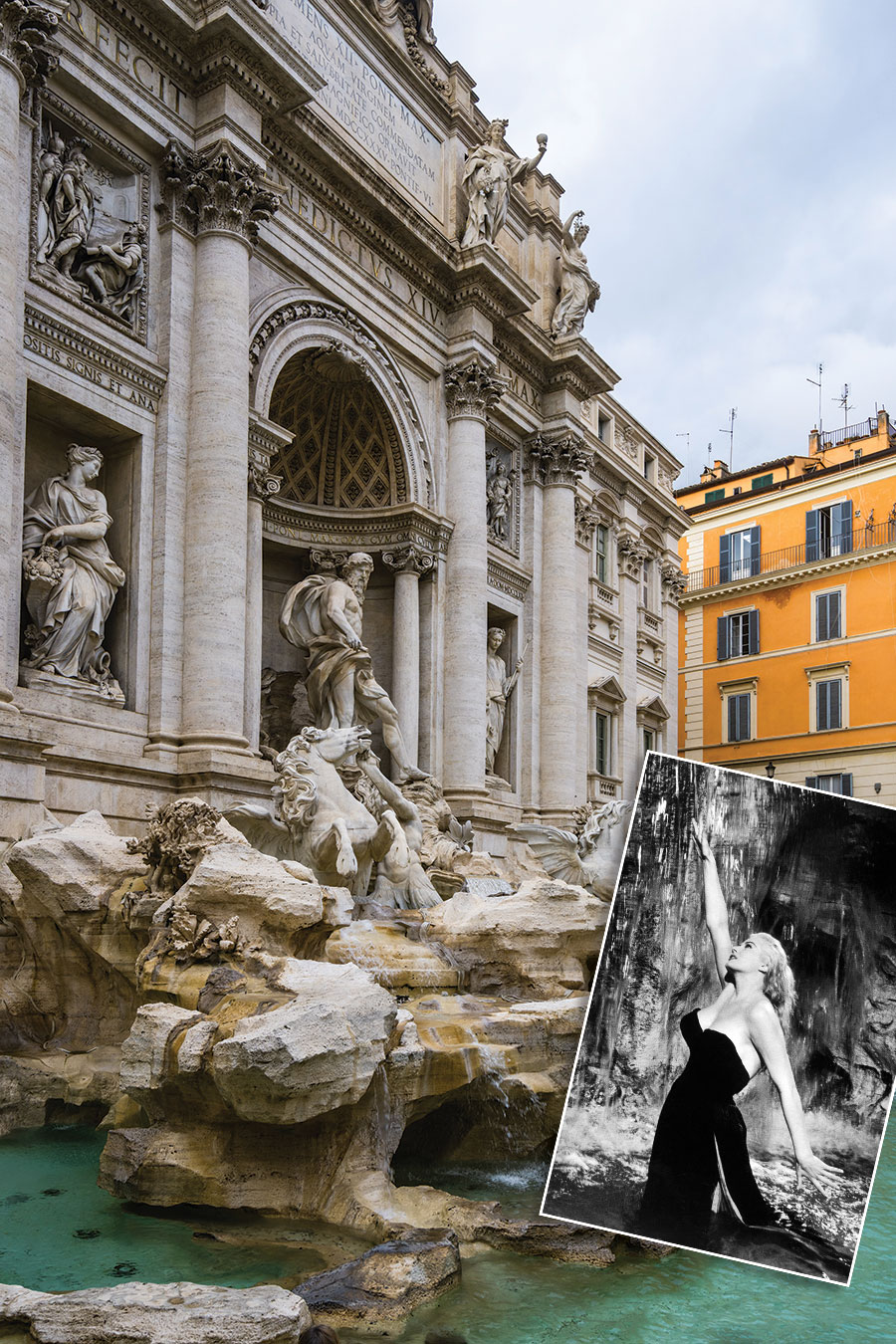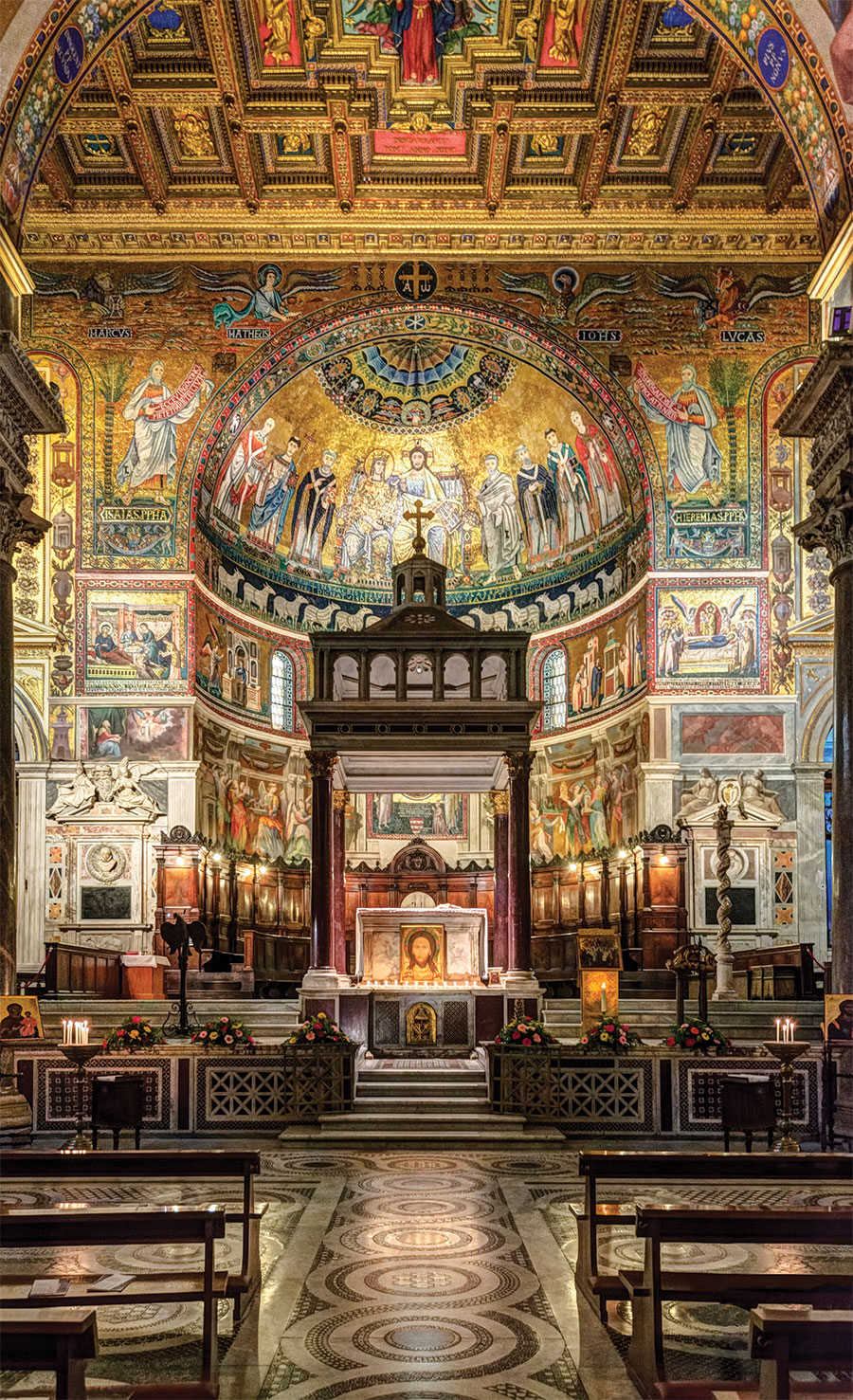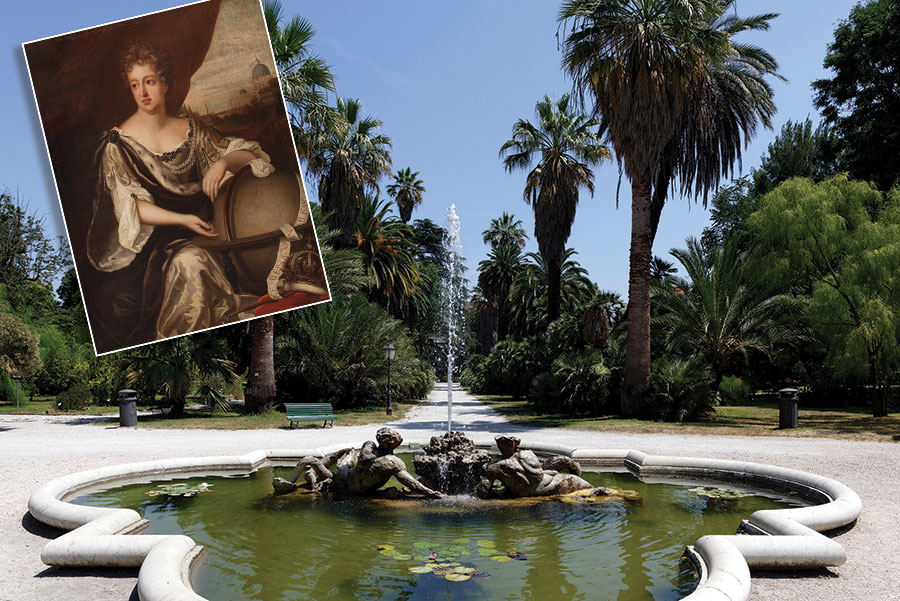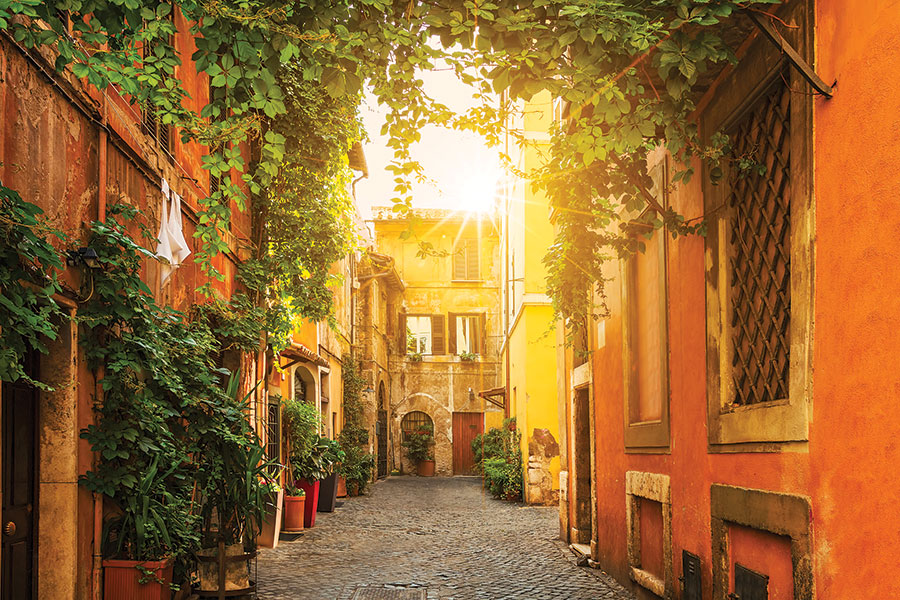Journey to Rome: After Five Decades of Marriage, a Mini Travel Manifesto Is Crafted to Promote Harmony

The Colosseum, Rome, Italy. Photo: Alexander Spatari/Getty Images
My husband Roger and I have been travelling together for more than half a century, and we have no intention of stopping any time soon. What’s changed is the way we travel. We have long since traded in our matching backpacks; now I hike with women friends on organized treks, where somebody else arranges lodging and meals, and I bring back travellers’ tales to my more sedentary mate.
In what purports to be our golden years, we are more upscale and less frenzied than in our student days, an era when our stomachs grumbled while the price of dinner was calculated by a deep dive into the menus posted outside the restaurants near our cheap lodgings. We have yet to succumb to the lure of cruises, or to strap on our seatbelts in the middle row of our son’s SUV to jostle for space between grandkids and dogs, but those days beckon, perhaps sooner than either of us anticipates.
Mostly, I am more demanding and he is more accommodating about destinations. I’m no longer eager to mark significant milestones by hosting a birthday bash for myself in November. The last time I did that, some 25 years ago, there was an unseasonal blizzard the day of the party, and far too much of the birthday girl’s time was taken up coping with boots, mittens and hats, all of them dripping with slush.
When I turned 70 five years ago, I opted for the Galapagos Islands, wanting to commune with giant tortoises, shy creatures who can live up to 175 years.
Once seriously endangered, the tortoises are now merely threatened due to conservation and captive-breeding programs. Still, trampling on their territory contributes to its environmental degradation, so I knew that I couldn’t, in good conscience, repeat that exhilarating trip. Besides, how can you repeat a once-in-a-lifetime experience?
As I was about to turn 75, I plumped for a different kind of trip. I wanted to escape the sagging bookcases in dire need of culling, the closets of clothes I would never wear again, and the overgrown garden. I chose Rome, an ancient city that weirdly I had never visited, although I had been to Italy several times.
My husband had been in Rome in the mid-’60s, travelling solo on a Eurail pass. He can still recall the blond American he met in the streets converging at the base of the Baroque Trevi Fountain. “Whatever happened to her?” he would occasionally speculate with a dreamy expression on his face, as I visualized a voluptuous Anita Ekberg in La Dolce Vita prancing under the spray in her low-cut black ball gown, as Marcello Mastroianni raced around the deserted streets searching for a bottle of milk for the mewling kitten she had befriended. Who knows and who cares, was my view, although I did ask my husband if he had tossed a coin in the water, because, according to legend, that meant he would make a return visit to Rome. If not now, then when, I asked. And so we made plans for a two-week trip to the Italian capital in October, when it would be warm rather than hot, and crowded but not bulging with tourists.
Before we left home, we agreed to adhere to my newly formulated three-point manifesto. It was my birthday after all.

1. The days are long gone when we were wild and crazy kids who thought mortgages were boring, children were not on the radar, and schedules were for old people like our parents. We hit the nadir of spontaneity on our honeymoon, when we arrived in Paris and wandered the streets trying to find a cheap hotel. Everybody books ahead now, including us.
Roger usually organizes accommodation, but I wanted more than the best deal in a hotel near the train station. Sure, I longed to see the Colosseum, the Pantheon and the Sistine Chapel, but I wanted to stay in a neighbourhood, walk its streets, dine in local eateries, drop into churches and spend time in cafés and parks, absorbing the atmosphere.

After consulting some well-travelled Italian friends, I pushed for a Vrbo apartment in Trastevere, an ancient neighbourhood of narrow winding streets, churches (including a shrine to the Christian martyr Santa Cecilia), the city’s oldest synagogue and dozens of trattorias. Once a working-class district and now considered “Bohemian,” it was precisely the sort of urban village I craved. We stayed a couple of blocks north of the main drag, so it was quiet at night, and spent our days wandering into museums, a church where a wedding was being celebrated and a botanical garden that once was part of the estate of Queen Christina of Sweden, who had settled in Rome in the 17th century after converting to Catholicism and abdicating the throne. There were plenty of patios in Trastevere where we could sip a cappuccino, if only before 11 a.m., and even an open-air market where we bought fruit, cheese and bread for breakfast.

I had another reason for wanting to stay in the relative quiet of that neighbourhood. I had had a mishap in late August at a friend’s cottage when my right shin had inadvertently become wedged between a motorboat and the dock, raising an impressive hematoma and causing annoying muscle spasms in my right leg. Cancelling the trip was not an option, but I did consult my doctor as a precaution. She prescribed anti-inflammatories, physio, compression stockings and a cane for extra support on cobblestones. As I was hobbling out of her office, she quipped: “Well, you won’t be climbing the Spanish Steps,” referring to the 18th-century marble stairway leading down from the Piazza Trinita dei Monti, near the house where the poet John Keats lived, to the ultra-chic shopping district of the Via Condotti. She got that right, but I must admit the cane caught the attention of flight attendants who offered me priority boarding, and museum personnel who directed me to staff elevators so I wouldn’t have to climb daunting staircases.
2. My husband loves being behind the wheel; I, not so much. Even contemplating driving in Rome, a city of more than four million people, built around seven hills, ancient pathways and culs-de-sac, gave me hives. As a person whose middle name could be Vertigo, I had already driven with him along the perilous Amalfi Coast on a holiday best forgotten in a rented car with a slipping clutch. Besides, if he is driving, I am the navigator, especially if the car doesn’t have GPS. Forget modern navigational devices, how many men do you know who trust Siri, or whatever she calls herself nowadays, to tell them where to go? Exactly.
I still tremble at the memory, dating before we had children, when we were driving through St. Andrews in Scotland, which is known as much for its stone architecture as its golf links. We were short of time, although I can’t remember why, so I was supposed to read out the descriptions of each building from a guidebook as my husband drove down a historic street. Our co-ordination was off, frustration ensued, tempers flared, and we ended up trying to split our travellers’ cheques so we could go our separate ways. Alas, they were all in his name, so here we are, still together.
Wiser, at least in some respects, we agreed that if we wanted to make a day trip to visit the excavations at Pompeii, some 240 kilometres away, we would swallow our pride and climb aboard an oldies tour bus. In fact, there was so much to see in Rome that we put Pompeii on the list for next time.

3. No more than two museums a day. In the old days, we tried to cram in too much, so it became a blur. After more than 50 years, we have developed a highly refined bartering system. Nothing is excluded, but each of us must indulge the other, at least some of the time.
My husband, a historian, loves war museums and battlefields, while I prefer portrait galleries, gardens and the abodes of literary and artistic heroes. Our compromise — one of each, every three days – had the unexpected consequence of broadening our appetites for each other’s preferences.
I now look forward to the de rigeur visit to the Imperial War Museum in London; we both eagerly visit arcane residences such as Leon Trotsky’s house in Mexico City, where he was murdered by one of Stalin’s henchmen; and Leo Tolstoy’s last residence in Moscow, which still looks as it did when the great novelist fled on a winter’s night to escape his wife’s tirades, only to die of pneumonia, a day’s journey away in a remote train station.
Our trip to Rome already included a three-day respite from sightseeing, because we had planned an excursion to nearby Malta to visit an ailing friend. While we were in the capital, Valletta, we went to the 16th-century Catholic cathedral dedicated to Saint John the Baptist and refreshed our fascination with the Italian master Michelangelo Merisi. Better known as Caravaggio, he used light and shadow to create intimate, often religious, portraits depicting mayhem and torture as well as exquisite moments of introspection. We had seen his paintings on earlier trips to Sicily and Malta, but being transfixed once again by his “Beheading of St. John the Baptist” in Valletta had persuaded us that Caravaggio should become the sub-theme of our Italian sojourn. The dramatic painting of the violent death of Saint John is off centre, so the casual observers leaning out a window of a cell on the right side of the canvas can see the killing. Are they meant to represent the viewer, or are they, as some scholars, including celebrated art critic Michael Fried, have suggested, prisoners anticipating their own grisly deaths? However, you interpret the painting, it combines a dynamic depth of physical and psychological drama. Seeing many of Caravaggio’s paintings close-up – there are 26 in Rome – was the impetus behind every church and gallery we visited on the remainder of our trip. I came home invigorated, if still limping.
Slowing down, as it always seems to do, gave me the intellectual solitude to contemplate what might come next, including a return visit to Rome, because now I too have tossed a coin in the Trevi Fountain.
A version this article appeared in the April/May 2023 issue with the headline ‘Roman Candles’, p. 86.
RELATED:
A Taste of Italy: Recipes and Culinary Tips From Chef Eron Novalski
Travel 2023: Discover JourneyWoman, a Travel Community for Women by Women